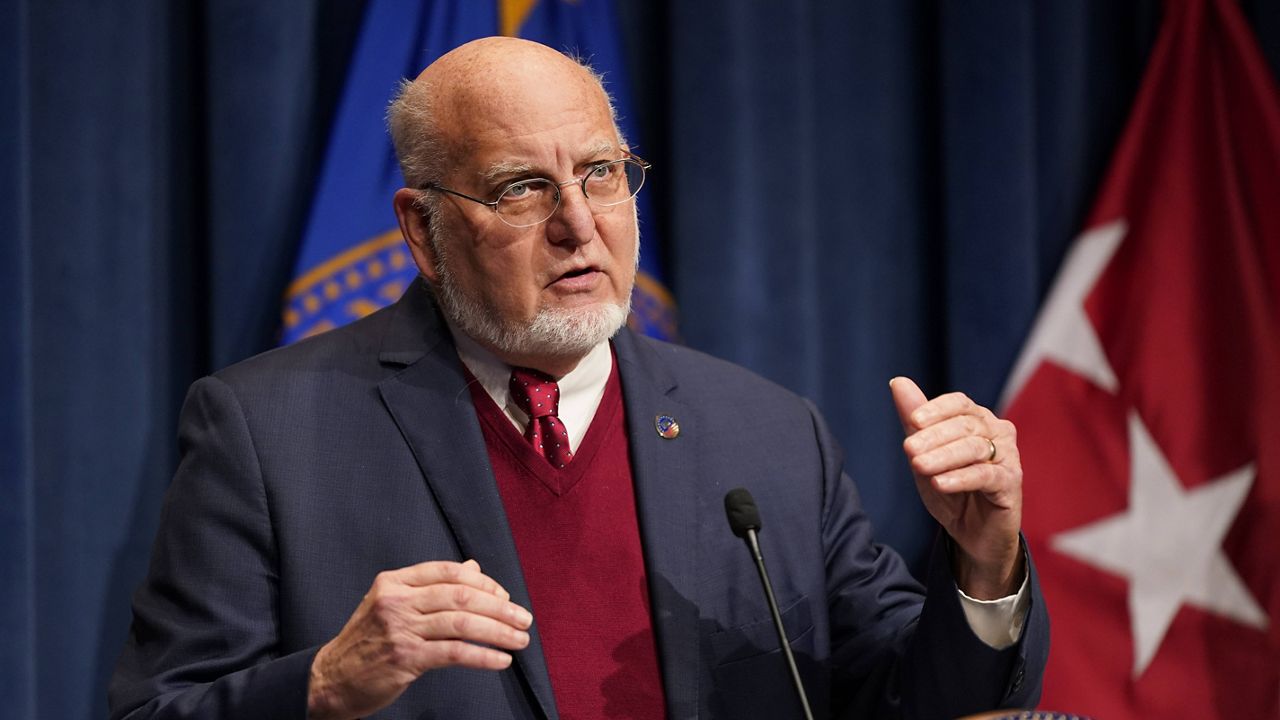Dr. Robert Redfield, who headed the Centers for Disease Control and Prevention last year as COVID-19 raged in the United States, says he believes the coronavirus started months earlier than originally known inside a lab in Wuhan, China.
What You Need To Know
- Former CDC Director Dr. Robert Redfield told CNN that he believes the coronavirus started months earlier than originally known inside a lab in Wuhan, China
- Redfield said he doesn’t believe that the virus could have been passed from a bat to a human in December 2019 and instantly spread so rapidly
- The origin of the coronavirus remains a mystery; a WHO report is expected soon
- In its initial findings last month, a WHO team concluded that it is “extremely unlikely” that the virus leaked from a lab and is more likely to have jumped to humans from an animal.
Redfield made the stunning comments to CNN, which aired excerpts of the interview Friday morning. The conversation with Dr. Sanjay Gupta is part of a special report, “COVID War: The Pandemic Doctors Speak Out,” which will air Sunday night.
“If I was to guess this virus started transmitting somewhere in September, October in Wuhan,” Redfield said. “It's only an opinion. I'm allowed to have opinions now. I am of the point of view that I still think the most likely etiology of this pathogen in Wuhan was from a laboratory, you know, escaped.”
Redfield, who is a virologist, said he doesn’t believe it “makes biological sense” that the virus could have been passed from a bat to a human in December 2019, when the first cases were clinically recognized, and instantly been efficient enough to become “one of the most infectious viruses that we know in humanity for human-to-human transmission.”
“Normally when a pathogen goes from zoonotic to human, it takes a while for it to figure out how to become more and more efficient in human-to-human transmission,” he said.
The origin of the coronavirus that has infected more than 125 million people worldwide and killed more than 2.75 million people remains a mystery.
The Wuhan Institute of Virology in central China has collected extensive virus samples, leading to allegations that it may have caused the original outbreak by leaking the virus into the surrounding community. China has strongly rejected that possibility and has promoted other theories for the virus' origins.
In its initial findings last month, a World Health Organization team investigating the virus’ origin concluded that it is “extremely unlikely” that it leaked from a lab and is more likely to have jumped to humans from an animal.
U.S. national security adviser Jake Sullivan, however, said last month that the White House had “deep concerns” about the investigation’s early findings and called on China to “make available its data from the earliest days of the outbreak.”
The WHO’s final report is expected to be released soon.
Redfield acknowledged that many other people don’t subscribe to his theory.
“That's fine. Science will eventually figure it out,” he said, adding, “It's not unusual for respiratory pathogens that are being worked on in a laboratory to infect the laboratory worker.”
Dr. Anthony Fauci, the federal government’s top infectious disease expert, said Friday there are a number of theories for how the virus started. He said most public health experts believe the virus was circulating in China at least a month before December, which could explain its efficient spread so soon after the first clinically recognized cases.
“If that were the case, the virus clearly could have adapted itself to a greater efficiency of transmissibility over that period of time up to at the time it was recognized,” he said.
The Associated Press contributed to this report.



